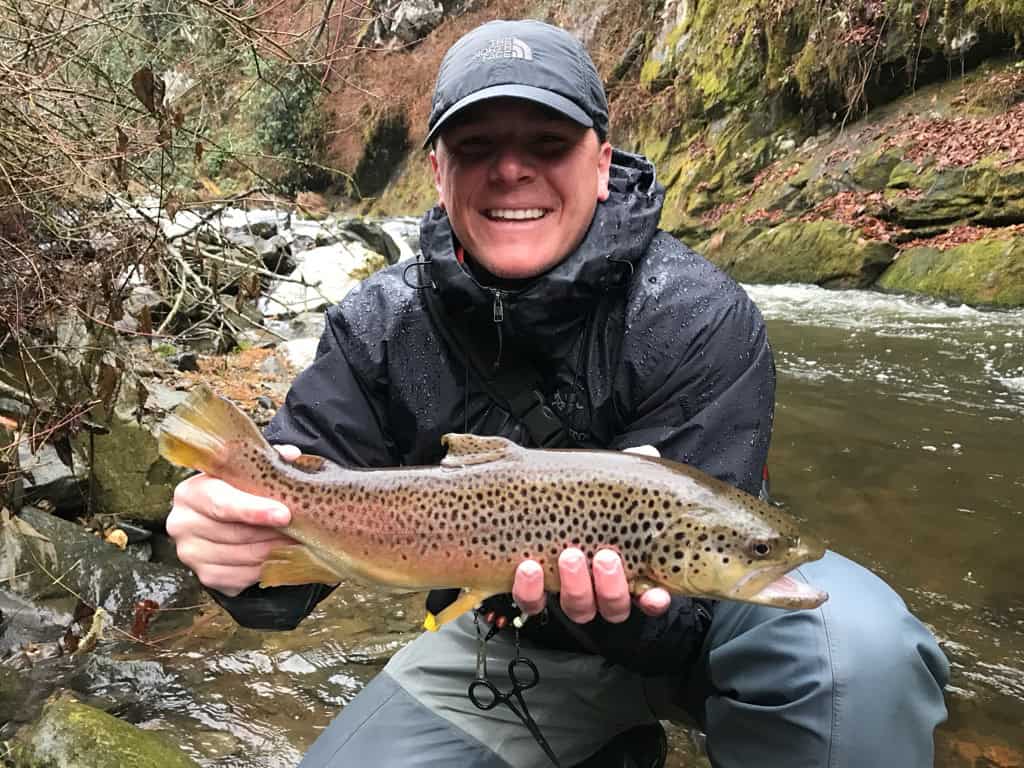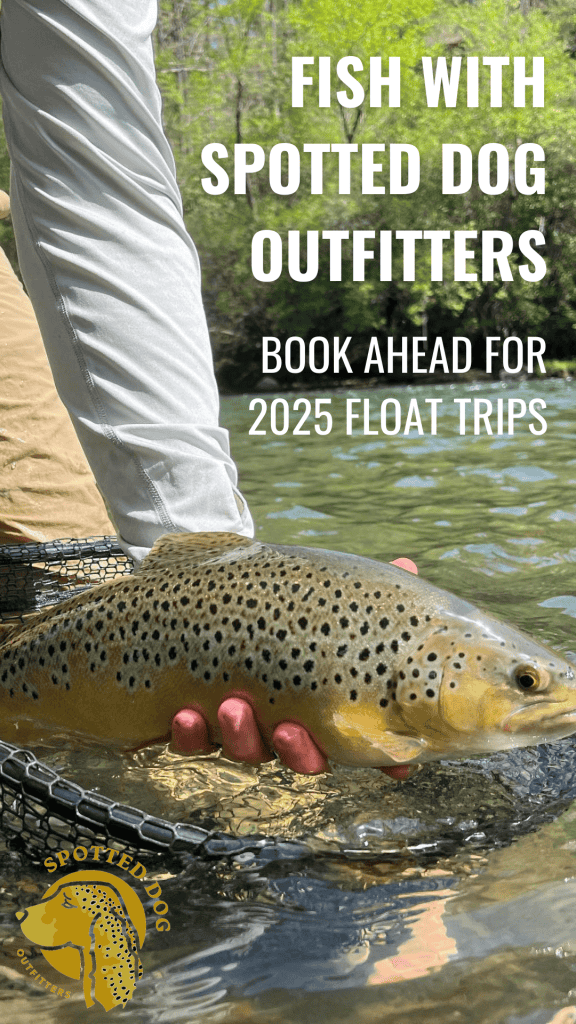Trout Fly Fishing in the Rain in Chattanooga
 Techniques for Success When the Skies Open Up
Techniques for Success When the Skies Open Up
Trout fly fishing in the rain in Chattanooga is uniquely peaceful — the world goes quiet under a soft drizzle, and the water comes alive in new ways. While many anglers pack it in when clouds roll in, seasoned trout fishermen know that rain can turn an average day on the river into something spectacular. The key lies in knowing how to adjust your tactics and gear to match the changing conditions.
Why Rain Can Be a Game-Changer
Rainfall can significantly impact trout behavior and water conditions. Light to moderate rain oxygenates the water and washes insects and other food into the current, making trout more active and aggressive feeders. It can also reduce light penetration, making fish feel more secure and likely to venture from cover. Best of all, rain can camouflage your presence, giving you more freedom of movement. Turbidity, when the water gets stirred up and dirty, is our friend until everything turns to chocolate milk and orange juice.
Adapting Your Fly Selection
During and after rainfall, trout feed opportunistically. The increased flow often dislodges terrestrial insects like ants, beetles, and worms from banks and overhanging vegetation, so don’t hesitate to tie on a juicy-looking San Juan Worm(all you need is a San Juan worm), foam-bodied ant pattern, or an unusually colorful foam chubby.
That being said, nymphs are often the real MVPs in wet weather. A two-fly rig with a heavy tungsten bead-head nymph (like a Pheasant Tail or Hare’s Ear) trailed by a smaller, flashy attractor nymph (think Rainbow Warrior or Copper John) can be incredibly effective. The added weight helps get your flies down quickly in faster, rain-swollen currents.
If the rain is light and temperatures are warm, keep an eye out for hatches. Mayflies and blue-winged olives often hatch in drizzly conditions, so having some parachute patterns and emergers on hand is always a good idea. The hatches can come and go quickly as well, so make sure to have a few different sizes and color options in your box.
Reading the Water Differently
Rain changes the river. Water levels rise, clarity decreases, and new seams and eddies form. Trout often move into the softer water along banks, behind rocks, or at the edges of eddies to conserve energy while still ambushing food. Target these areas with short, precise casts.
Avoid fishing the fastest mid-river runs; instead, look for pockets where food may be collecting. Pools and tail-outs can also be productive, especially when runoff begins to slow and sediment settles.
Tackle Tips for Wet Conditions
Make sure you’re equipped with a good rain jacket, waterproof pack, and waders that don’t leak. Wet weather is no fun when you’re soaked to the core. Polarized sunglasses with an amber or yellow tint help in low-light conditions, and using a floating line with a sink tip or split shot can help you reach the strike zone effectively.
Keep your fly box closed when not in use and consider using desiccant to keep your dry flies buoyant. A waterproof phone case or dry bag is a must if you’re venturing far from the truck.
Final Thoughts
Fly fishing in the rain isn’t just about toughing it out—it’s about taking advantage of a golden opportunity that many others overlook. When you adjust your technique to the conditions and embrace the solitude, you might just find that your best day on the water happens under a cloudy sky.
So next time rain is in the forecast, don’t hang up your rod. Zip up your jacket, grab a few rain-ready flies, and hit the river. The trout will be waiting—and they’ll be hungry.
Guided trips: https://spotteddogoutfitters.com/guided-trips/
Rod suggestion : https://www.lamsonflyfishing.com/products/liquid-outfit-complete
Fly suggestion: https://www.umpqua.com/warmwater-essential-fly-assortment/?searchid=0
Local Chattanooga Area Flyshops : https://www.thehatchoutfitters.com / https://www.tnflyco.com
#chattanooga #noogagram #sceniccity #travel #lookoutmountain #downtownchattanooga #shoplocal #chattanoogafun #tennessee #chattanoogatn #nooga #chattanoogatennessee #clevelandtn #VisitClevelandYall #TNoutdoors #SupportLocal

